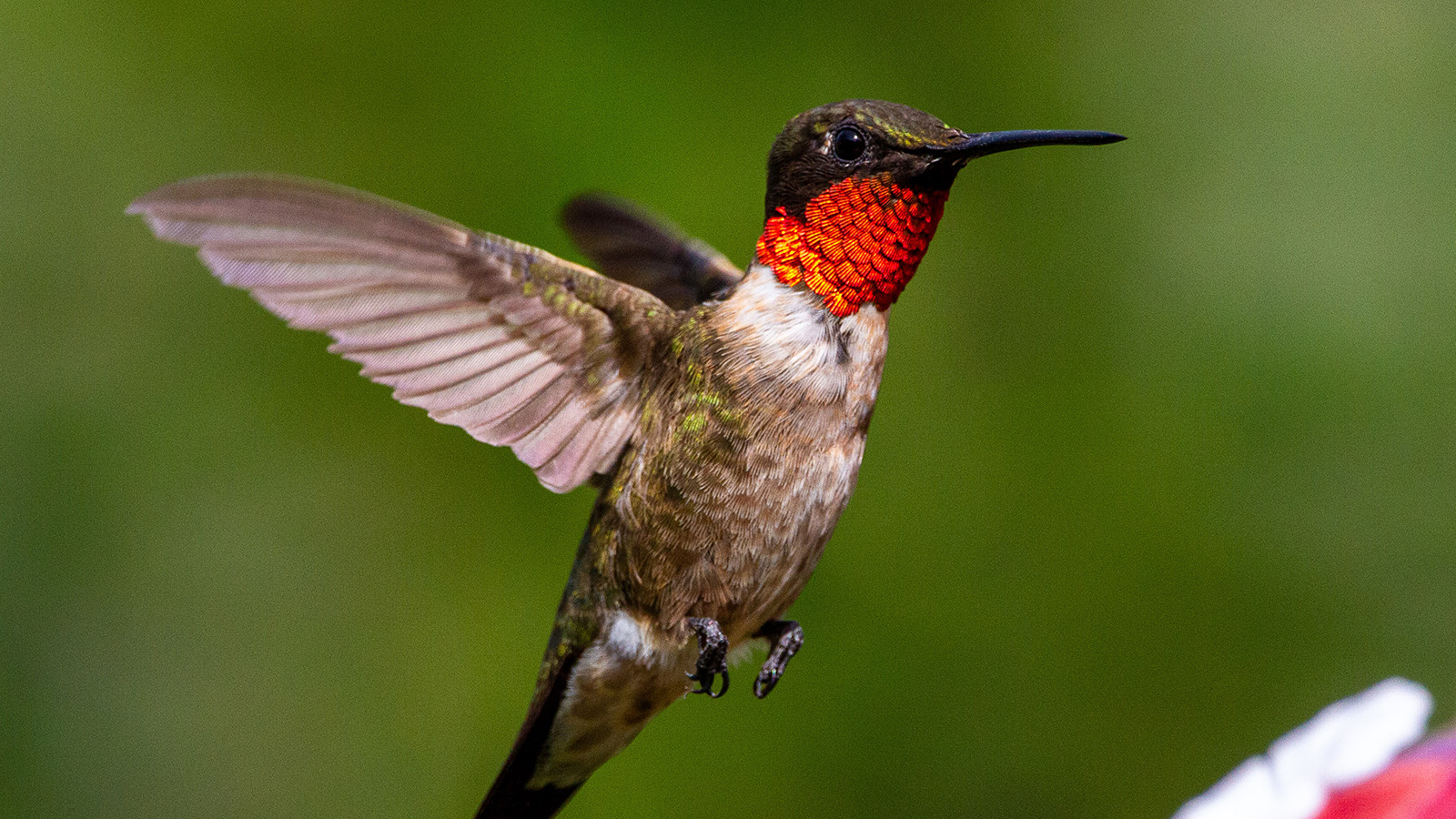
Do all bees make honey?
Check out these 5 facts about America’s wild bees.
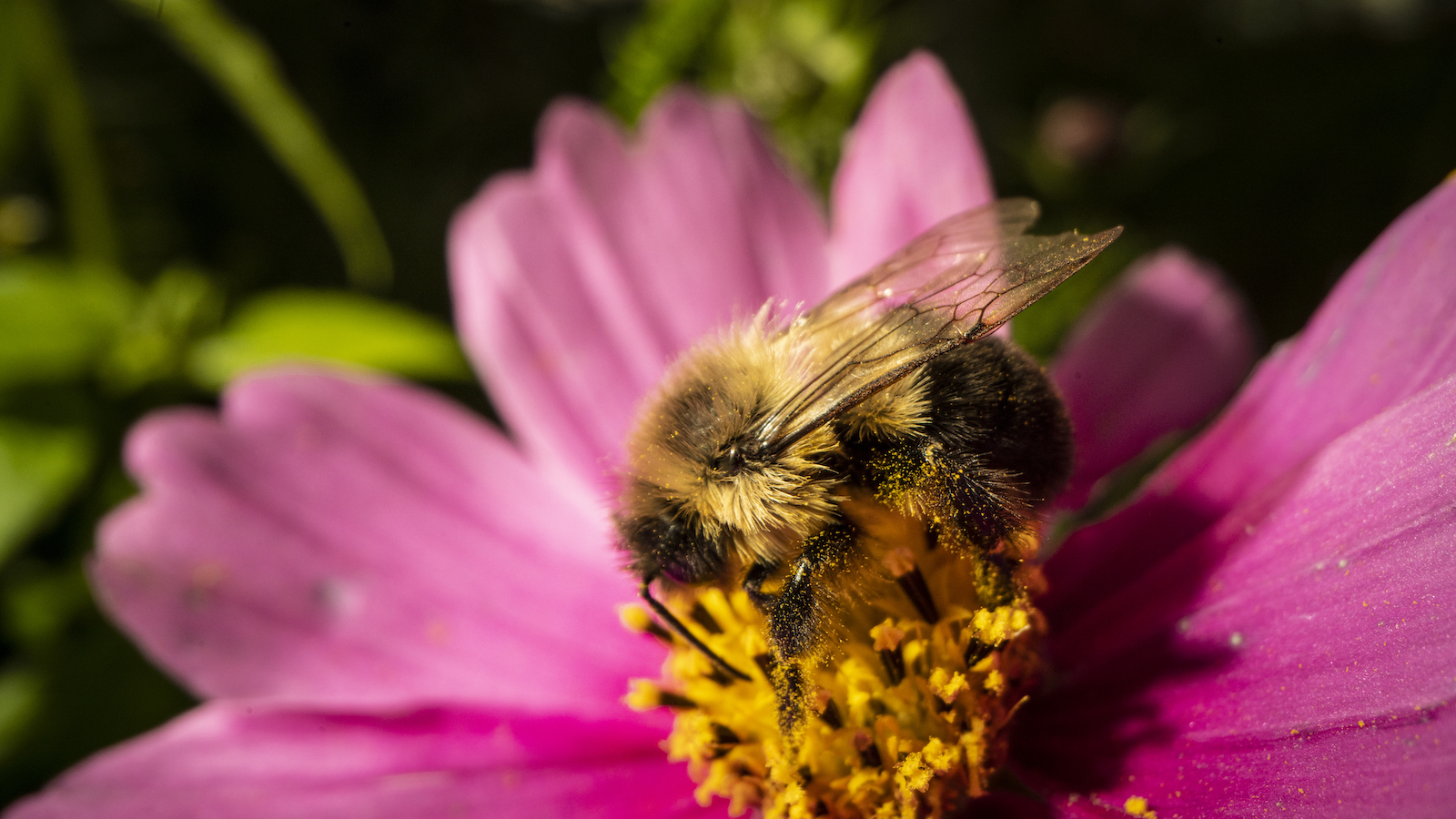
Much of what we know about bees comes from our knowledge of the European honeybee. For example, they make honey, live in hives and have a queen. Right?
Not always. That’s accurate for the honeybee — arguably the world’s most famous bee. But most bees in the United States live very different lives than you may have heard.
Here are five surprising things to know about them.
Fact 1: There are thousands of wild bee species in the U.S.
Roughly 4,000 different bee species are native to the U.S., and they come in all different shapes and sizes. The tiny yellow Perdita minima is the world’s smallest bee at just 2 millimeters (about the size of the point of a crayon), while the carpenter bee grows to the size of a grape.
Fact 2: They like to shake their booties
Honeybees get most of the hype for their waggle dance, but bumblebees vibrate their bodies to shake pollen loose in a process called “buzz pollination.” Tomatoes, potatoes, eggplants and more require buzz pollination to produce fruit — and honeybees just aren’t up to the task.
Fact 3: They don’t all hail the queen
Honeybees are social, but most bee species aren’t. Social bees share a nest, hold specialized jobs, and are headed by a queen bee. But they’re an exception — more than 75% of all bee species are solitary. A solitary female bee builds and defends her nest, lays her eggs, and gathers nectar and pollen all on her own, without help from any other bee.
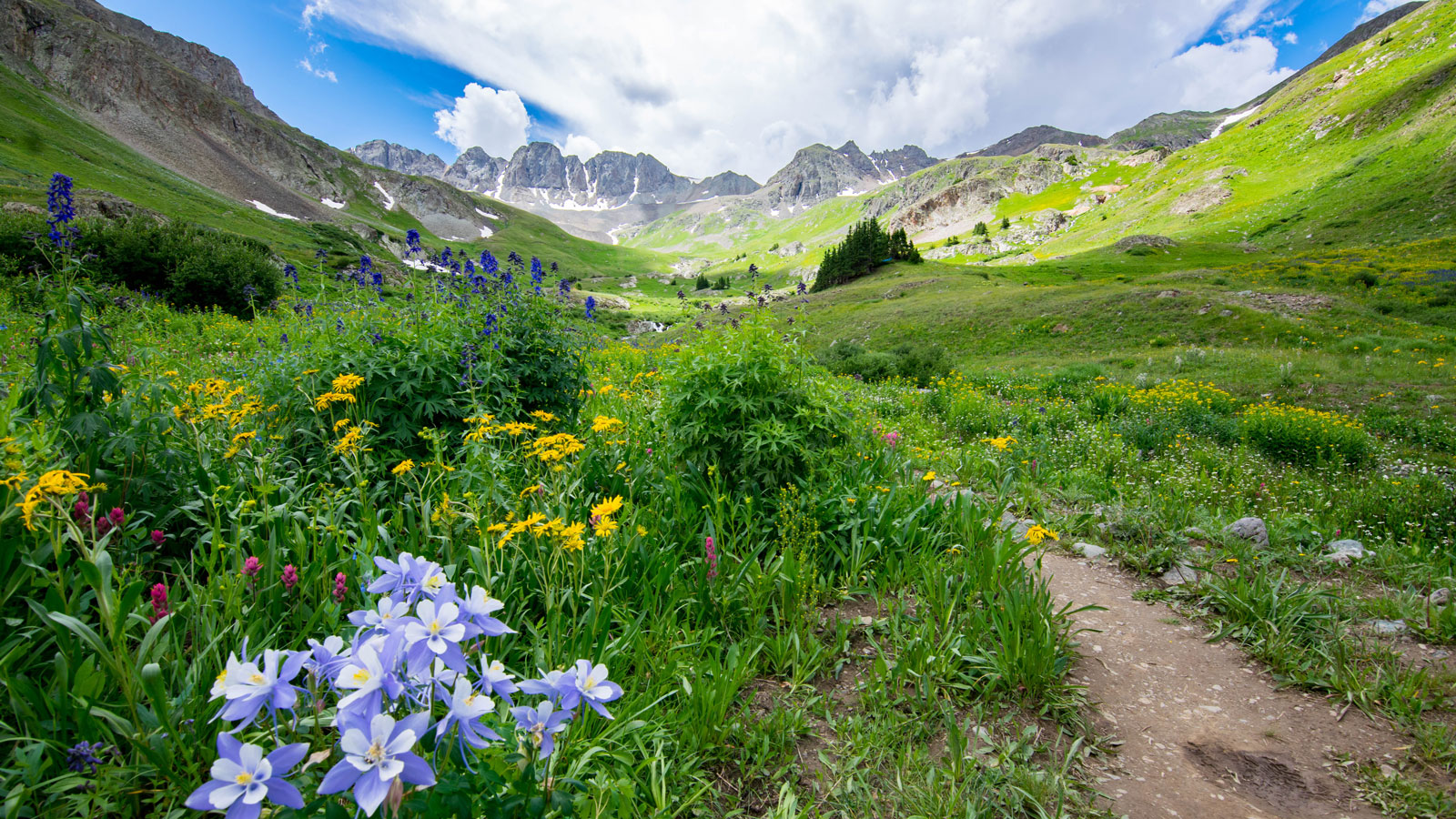
FACT 4: Wild bees don’t make honey
Bumblebees can make small batches of a honey-like substance, and the cellophane bee brews a beer-like beverage from fermented pollen and agave nectar, but no native bee produces the kind of honey that we eat. And not all limit their diet to nectar and pollen, either — some eat flower oil, and the sweat bee actually drinks human sweat.
Fact 5: Wild bees are struggling. Some are facing extinction.
Wild bees may be wildly diverse, but they all deal with the same threats: climate change, habitat loss, and the widespread use of bee-killing pesticides. Many species are endangered, including the rusty patched bumblebee, and the American bumblebee is a candidate for the endangered species list.
What do we do to save the wild bees?
We support state efforts to restrict bee-killing neonic pesticides. We’re calling on major corporations to stop selling the pesticides that are killing bees. And we support efforts to expand a program that funds pollinator-friendly roadside plantings.
All this and more is needed to help save wild bees.
Topics
Authors
Steve Blackledge
Senior Director, Conservation America Campaign, Environment America Research & Policy Center
Started on staff: 1991 B.A., Wartburg College Steve directs Environment America’s efforts to protect our public lands and waters and the species that depend on them. He led our successful campaign to win full and permanent funding for our nation’s best conservation and recreation program, the Land and Water Conservation Fund. He previously oversaw U.S. PIRG’s public health campaigns. Steve lives in Sacramento, California, with his family, where he enjoys biking and exploring Northern California.
Katrina Riley
Deputy Editor, Editorial & Creative Team, The Public Interest Network
Katrina creates and edits materials with the Creative Team for The Public Interest Network that tell the stories of our campaigns to protect the environment, stand up for the public interest, and more. Katrina lives in Boston, where she enjoys running, hiking and trivia.
Find Out More
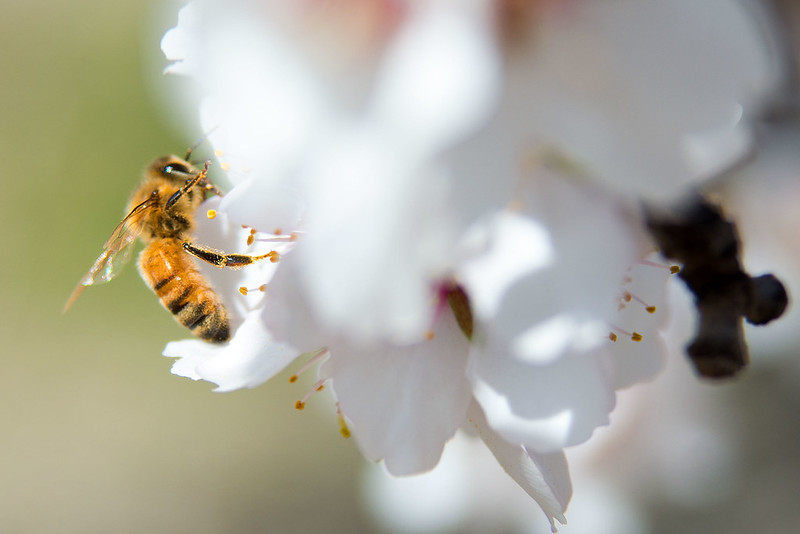
Why monoculture farming practices harm bees

A look back at what our unique network accomplished in 2023
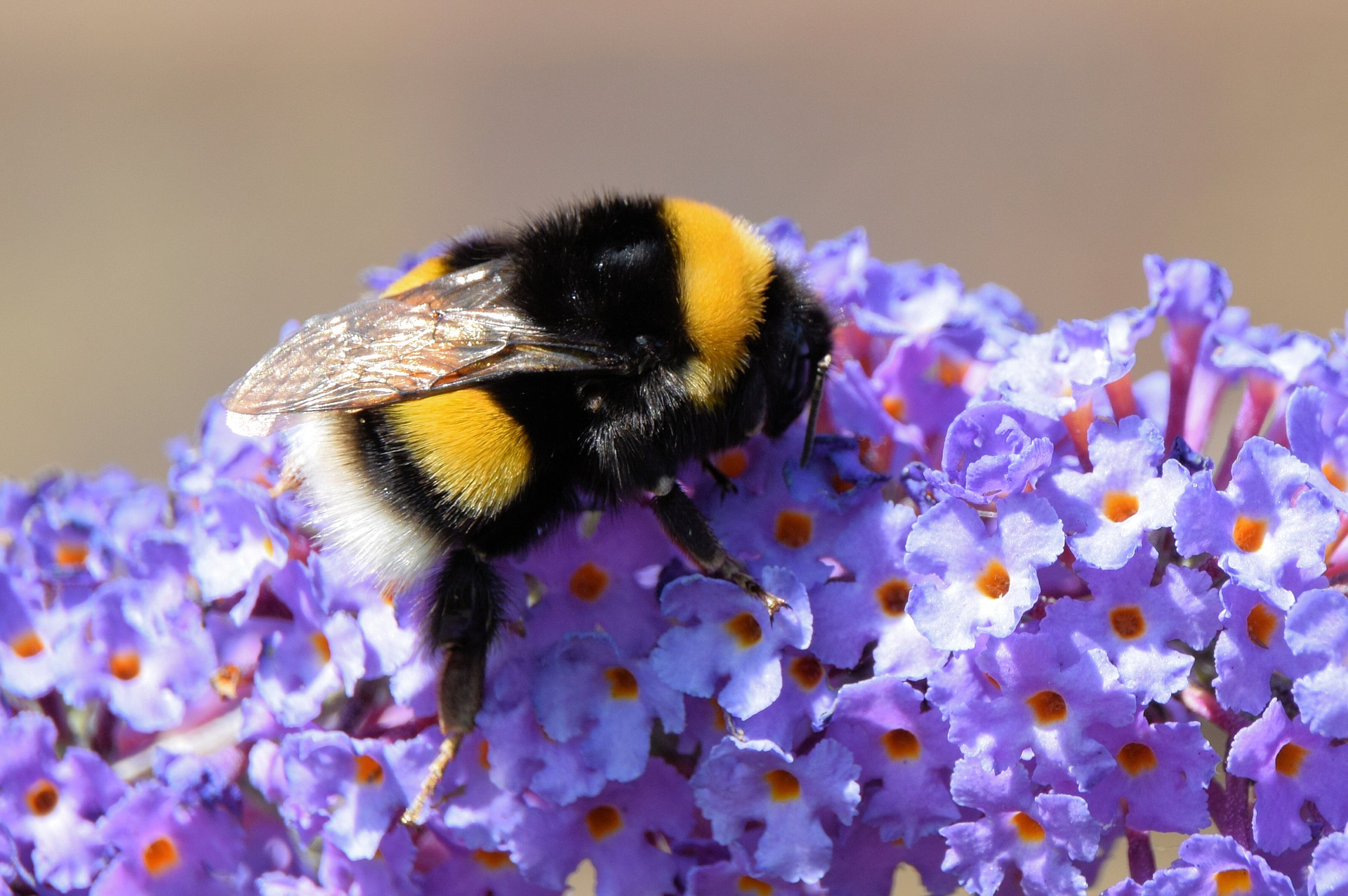
These pesticides poison bees, and they’re for sale on Amazon
